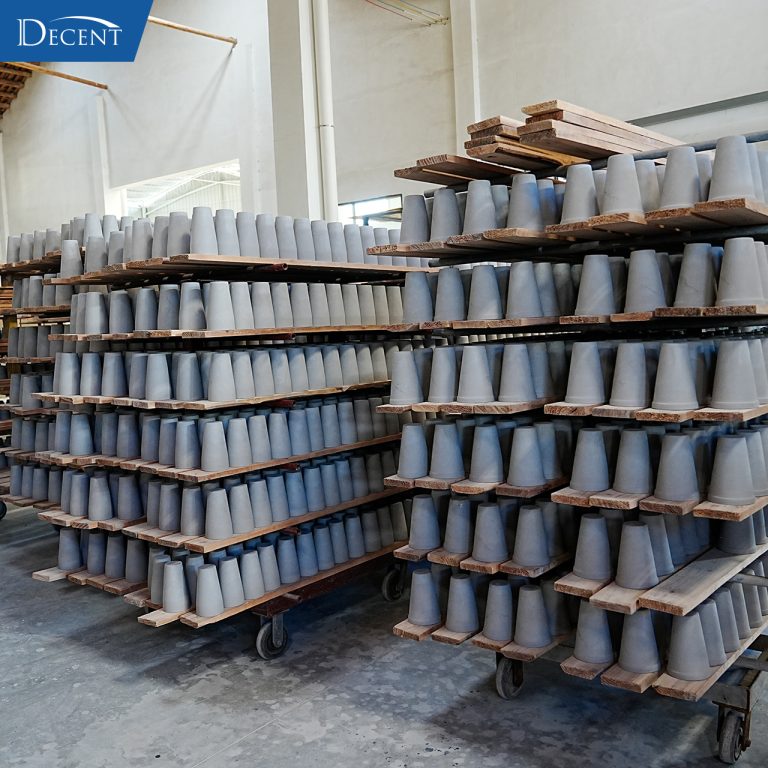Necessary conditions for reliable laboratory experimental records
How Can The Laboratory Experimental Record Be Reliable?
The reliability and credibility of laboratory analysis results is a basic expectation and requirement to reflect the actual work of the laboratory. To be reliable and trustworthy, the experimental records must meet the following conditions:
- Legibility
All experiment records should follow consistent grammatical rules. Resolutely avoid using slang, ciphers and other language records that are not easy to understand. This is also the reason why a second person should be introduced in the experimental record to witness, and the witness must exercise the power of supervision here.
- Attribution
The creation of any experimental record must be attributed to a specific author, and for paper records, it must be signed by an individual and the date of signing must be indicated.
- Real-time
All records must be written at the time of the specific activity. Delay in writing will inevitably affect the accuracy of the record.
- Primitiveness
All records must be first-hand records, not secondary records. The main purpose of this regulation is to avoid introducing errors in copying.
- Accuracy
Laboratory records must reflect what actually happened. Any changes should not erase the original information, and correction with correction fluid is never allowed. To modify the record, there must be the signature of the person who made the modification, the modification date, and the reason for the modification.
- Completeness
Data integrity has different connotations for different types of experiments. Both the source of the data and the type of data pose different challenges to integrity. Usually, we are most likely to encounter data integrity problems in analytical laboratories. For sample analysis, in addition to the analysis results of the sample itself, system suitability test reports, sample injection sequences, data processing methods, sample preparation processes, etc. are also required. If the sample has repeated injections or repeated analysis, these data should also be retained, otherwise the reliability of the sample analysis results will be greatly reduced.
- Logical coherence
The logical coherence here means that a series of activities in the laboratory should be logical in time, including order in time and order in space. Specific to sample analysis experiments, there must be a logical sequence of occurrences.
- Non-deletability
Non-deletability has two meanings, one is that it must be kept clear and readable during the life cycle of the record, and the other is that it cannot be deleted once it is created. Handwritten record input should be written with a pen, not a pencil. If the record is printed on thermal paper, the record will darken over time. In this case, it needs to be photocopied in time to ensure that it is consistent with the original, and the photocopy should be attached to the original.
- Availability
All records should be available for inspection and audit at any time. If a regulatory agency requires a document to be reviewed, we should be able to submit it within 30 minutes. Therefore, the laboratory should establish a filing system. Records should be sealed and kept in order to maintain their integrity, such as restricted access safety facilities, effective fire prevention measures, protection from moisture, etc.




